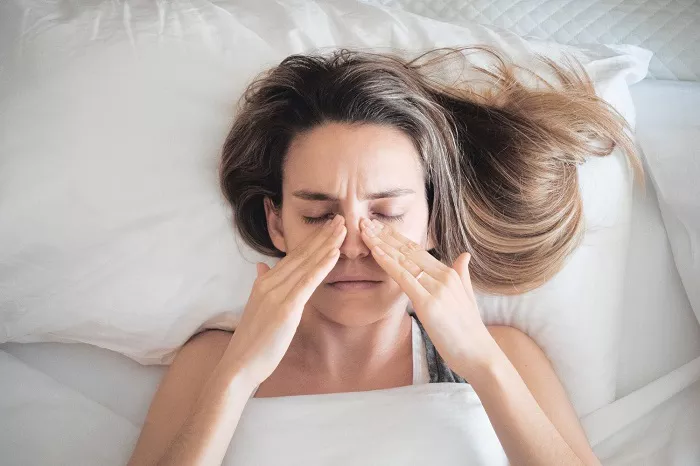Pimple marks, the aftermath of acne, can persist long after the blemishes themselves have faded away. These marks, also known as post-inflammatory hyperpigmentation (PIH) or acne scars, can significantly affect one’s confidence and self-esteem. In the pursuit of clear, radiant skin, individuals often seek various treatments to diminish or eliminate these marks. However, navigating the vast array of available options can be overwhelming. This article aims to provide a comprehensive guide to finding the best medicine for pimple marks, shedding light on the most effective treatments backed by scientific evidence.
Understanding Pimple Marks: Types, Causes, and Treatment Challenges
Before delving into treatment options, it is crucial to understand the nature of pimple marks. Pimple marks can manifest in different forms, including:
Post-Inflammatory Hyperpigmentation (PIH): This type of mark appears as flat, discolored spots on the skin, ranging from pink to dark brown. PIH occurs when inflammation from acne triggers the overproduction of melanin, the pigment responsible for skin color.
Atrophic Scars: These scars result from a loss of tissue, leaving depressions or indentations in the skin. Atrophic scars commonly occur with severe acne and can take the form of icepick, boxcar, or rolling scars.
Hypertrophic Scars: Unlike atrophic scars, hypertrophic scars involve the overproduction of collagen, leading to raised, thickened areas of skin. They often occur in response to severe acne lesions.
The causes of pimple marks are multifaceted and may include genetic predisposition, hormonal fluctuations, inflammation, and improper skincare practices. Despite advancements in dermatological treatments, addressing pimple marks remains challenging due to variations in skin types, severity of scarring, and individual responses to therapies.
Exploring Treatment Options: From Topical Solutions to Advanced Procedures
When seeking the best medicine for pimple marks, individuals have an array of treatment options to consider. These options can be broadly categorized into topical treatments, minimally invasive procedures, and surgical interventions. Let’s explore each category in detail:
Topical Treatments:
1. Retinoids: Retinoids, derivatives of vitamin A, are known for their ability to increase cell turnover and promote collagen production, making them effective in reducing the appearance of pimple marks. Prescription-strength retinoids such as tretinoin and adapalene are commonly used for this purpose.
2. Hydroquinone: Hydroquinone is a topical agent that inhibits melanin production, making it effective in treating PIH. However, long-term use of hydroquinone can lead to adverse effects such as skin irritation and rebound hyperpigmentation.
3. Vitamin C Serums: Vitamin C serums contain antioxidants that help brighten the skin and reduce hyperpigmentation. They also promote collagen synthesis, aiding in scar remodeling and fading of pimple marks.
Minimally Invasive Procedures:
1. Chemical Peels: Chemical peels involve the application of a chemical solution to the skin, causing exfoliation and peeling. This process helps improve skin texture, tone, and pigmentation, making it beneficial for treating pimple marks.
2. Microneedling: Microneedling, also known as collagen induction therapy, involves the use of fine needles to create controlled micro-injuries in the skin. This stimulates collagen production and promotes the remodeling of scar tissue, leading to improved skin texture and reduced scarring.
3. Laser Therapy: Laser treatments such as fractional laser resurfacing and intense pulsed light (IPL) therapy can target pigmented lesions and stimulate collagen production, resulting in smoother, more even-toned skin.
Surgical Interventions:
1. Punch Excision: This surgical procedure involves removing individual pimple marks with a small, cookie-cutter-like tool known as a punch biopsy. The surrounding skin is then sutured closed, resulting in a smoother skin surface.
2. Subcision: Subcision is a technique used to treat rolling acne scars by breaking up the fibrous bands that tether the scar to the underlying tissue. This allows the depressed scar to rise to the surface of the skin, resulting in a more even texture.
Factors to Consider When Choosing the Best Medicine for Pimple Marks
In selecting the most suitable treatment for pimple marks, several factors must be taken into account:
Skin Type and Sensitivity: Different skin types may respond differently to treatments, and individuals with sensitive skin may be more prone to adverse reactions. It is essential to consult a dermatologist who can assess your skin type and recommend appropriate therapies.
Severity of Scarring: The severity and type of pimple marks will influence the choice of treatment. While mild pigmentation may respond well to topical agents, more severe scarring may require more aggressive interventions such as laser therapy or surgical procedures.
Treatment Goals and Expectations: Understanding your desired outcomes and realistic expectations is crucial when embarking on a treatment journey for pimple marks. Some treatments may require multiple sessions spaced over several weeks or months to achieve optimal results.
Budget and Time Commitment: Certain treatments, such as laser therapy and surgical procedures, can be costly and may require downtime for recovery. It is essential to consider your budget and lifestyle constraints when choosing a treatment option.
Conclusion: Navigating the Path to Clearer Skin
Pimple marks can be a persistent source of frustration for many individuals, impacting both physical appearance and self-confidence. Fortunately, advancements in dermatological treatments offer a multitude of options for addressing these concerns. From topical solutions to advanced procedures, there is a treatment modality to suit every skin type and severity of scarring.
When embarking on the journey to clearer skin, it is essential to consult with a qualified dermatologist who can assess your individual needs and recommend the most appropriate course of action. By understanding the underlying causes of pimple marks and considering factors such as skin type, treatment goals, and budget, you can make informed decisions to achieve the radiant, blemish-free complexion you desire.
Remember, clear skin is not just about outward appearance—it’s about feeling confident and comfortable in your own skin. With the right approach and perseverance, you can unlock the key to clear, glowing skin and embrace your natural beauty with confidence.
[inline_related_posts title=”You Might Be Interested In” title_align=”left” style=”list” number=”6″ align=”none” ids=”6513,6468,6465″ by=”categories” orderby=”rand” order=”DESC” hide_thumb=”no” thumb_right=”no” views=”no” date=”yes” grid_columns=”2″ post_type=”” tax=””]
































